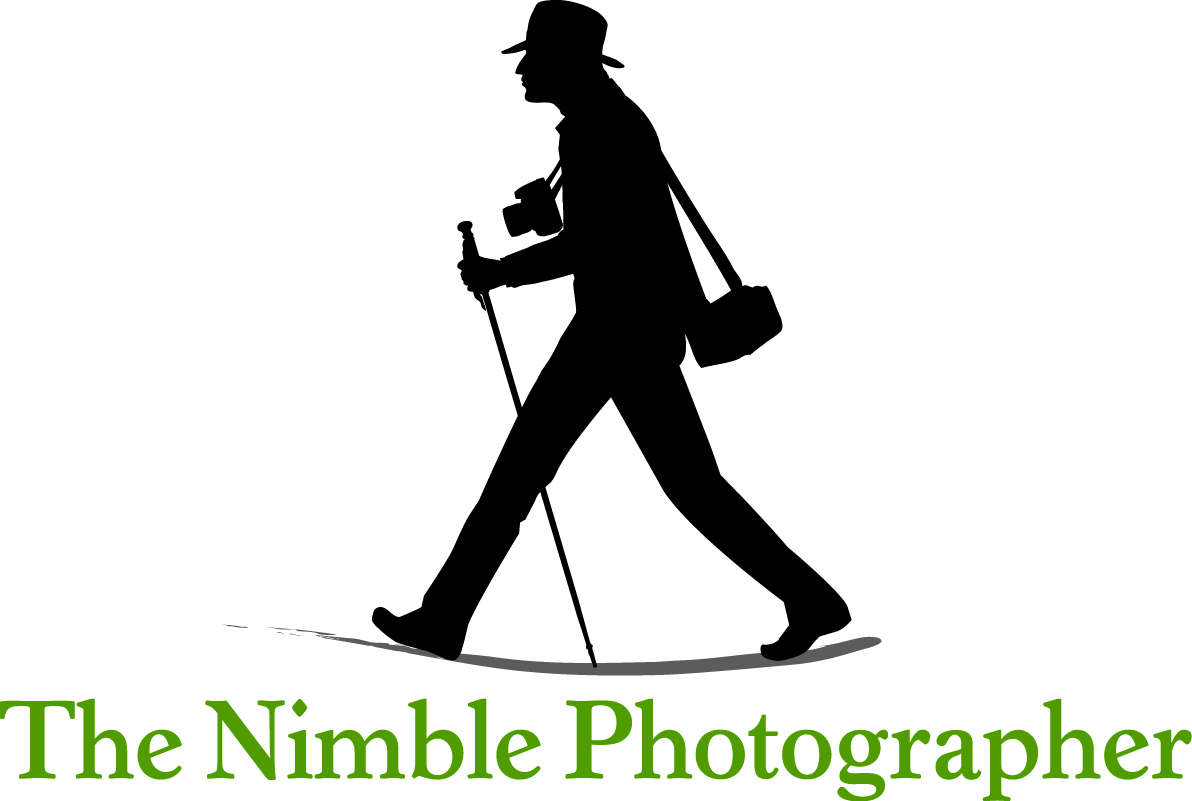One of the common themes that I’ve gleaned from my conversations with successful artists is the commitment to knowing their craft.
Creativity is almost a given. Everyone of my interviewees knew they were artistic at a young age. But channeling that natural talent into something unique and wonderful required learning the tools of the trade.
In his interview, Tom Rodrigues mastered the art of stained glass as a youth. This played an important role in his later success as an illustrator. And when he explains the steps of how a wine label goes from conception to completion, the technical detail is amazing.
Musician George Shaw cited “know you craft” as his primary advice to upcoming artists. “As a musician on stage, you have to be ready for everything,” he commented. “And if you make a mistake, you have to make sure that it never happens again.”
As photographers, we’re in an interesting space right now concerning this notion. At one time, knowing the technical details of image making was enough to separate ourselves from snap shooters. If we could consistently deliver a good looking image, we could find work as artists.
But these days, technology does much of the heavy lifting in terms of exposure, color, sharpness, and even depth of field. And I think the advice of “knowing our craft” now applies to post production.
Just about anyone can capture a technically sound photograph with their smartphone. Of course there’s still artistry in the composition, but the other elements can be handled by the camera itself. And this is where it ends for most casual photographers.
I’ve learned that I can separate myself from weekend warriors is in the second half of the process. What I do in image editing makes my pictures look different. And I’ve had to become highly proficient in that area to survive as a working artist.
I have one client that provides an option for its photographers: hand over the original files and let them edit, or post produce them ourselves. If we choose the later, we’re paid for the post production as well.
I was talking with one of the other photographers recently, and I was amazed to learn that he takes the path of handing over the original files. I would never choose that option.
The work that I do in post is one of the things that makes my photographs unique. I don’t want to just fulfill the assignment, I want to kill it. My goal is to have the best possible rendering of the subject.
Some people think that technology has killed the craft of photography. That’s not true. But it has upped the ante. We can no longer get by just because we know how to set an f/stop.
We have to know our craft. And these days, that means using the tools of post production to help express our artistry.
The concept hasn’t changed, only the process.

